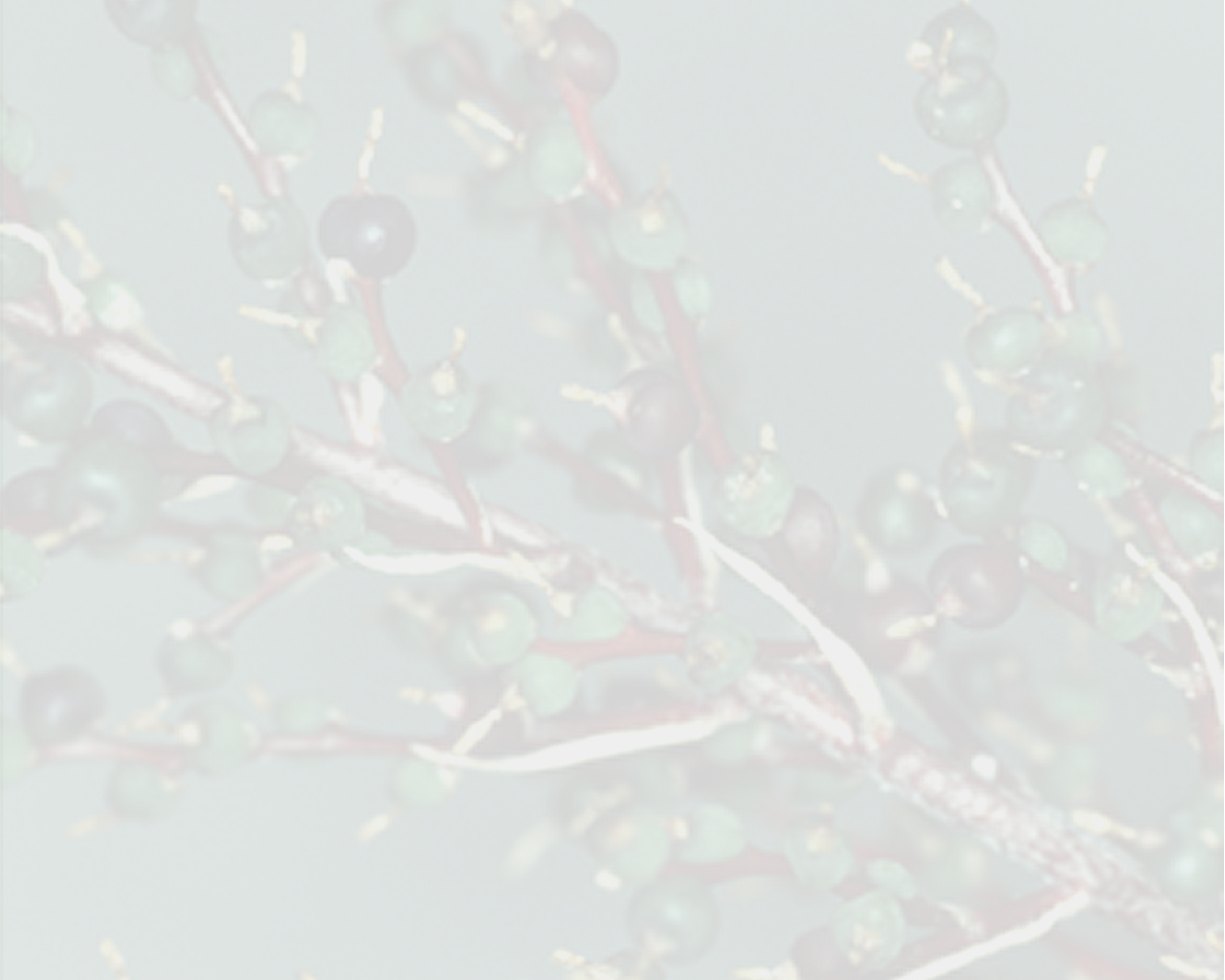


plant epiphytic, 35–40 cm tall, propagating by stolons 6–15 cm long, 0.4–0.5 cm in diameter. leaves 10 to 12, subchartaceous, forming at base an narrow ellipsoid rosette, suberect above; sheath elliptic, 7–12 x 4 cm, subdensely and inconspicuously pale brown-lepidote, wine colored adaxially, greenish to reddish abaxially and toward the apex; blade narrowly lanceolate, slightly to distinctly narrowed and bearing a u-shaped channel toward the base, 11–25 x 1.5–2 cm, entire, glabrescent, finely nerved, green or abaxially reddish and lustrous, apex narrowly acute and apiculate. inflorescence: peduncle erect, 21–22 x 0.2–0.3 cm, sparsely white-sublanate, greenish to reddish; peduncle bracts linear-lanceolate, 3.5–4.5 x 0.5–1 cm, apex acute and apiculate, membranaceous, wine colored, inconspicuous white-flocculose, entire, erect, distinctly exceeding the internodes and imbricate; fertile part laxly paniculate, twice-branched at base and once-branched toward the apex, erect, longer than the leaves, 10–17 cm long, 7–10 cm in diameter, inconspicuously and sparsely white-sublanate except for the flowers; primary bracts the basal one resembling the upper peduncle bracts but distinctly smaller, exceeding the stipes, the upper ones narrowly lanceolate, 7–20 x 2–3 mm, slightly shorter to exceeding the stipes; primary branches 8 to 10, laxly arranged, 2–10 cm long, spreading, 7- to 18-flowered and bearing at apex an inconspicuous coma of sterile bracts, rachis straight, terete, 1–1.5 mm in diameter, wine colored, stipes ca 3–10 mm long, 1–2 mm in diameter, slightly complanate, wine colored, the basal primary branches with 1 to 2 secondary branches; secondary bracts resembling the floral bracts; secondary branches 1–2 cm long, laxly arranged, 4- to 8-flowered, stipes ca 5 mm long; floral bracts narrowly lanceolate, acuminate, inconspicuous, ca 2 x 0.5 mm, equaling to distinctly shorter than the pedicels. flowers 9–10 mm longwhen petals extended, laxly and polystichously arranged, spreading to slightly reflexed, glabrous, heavily perfumed, slenderly pedicellate, pedicels 2–5 x 0.3 mm, purplish-wine colored; sepals subsymmetrical, broadly ovate, membranaceous, obtuse to acute and apiculate, 1.5–2 x 1 mm, including the ca 0.2 mm long apiculus, shortly connate, light green toward the apex; petals obovate, apex obtuse-emarginate, ca 5 x 2.5 mm, suberect to spreading at anthesis, free, whitish, naked. stamens included; filament free, ca 2 mm long, terete; anther ca 2 mm long, base sagittate, apex obtuse and apiculate, dorsifixed near the base; pollen narrowly ellipsoid, sulcate, exine rugulose. pistil: style exceeding the petals at anthesis; stigma conduplicate-spiral, globose, white, margins distinctly crenulate and inconspicuously papillose; ovary globose, broadly obtuse at the base, purplish-black, distinctly sulcate mainly at the base, ca 1.5 mm long, ca 2 mm in diameter; epigynous tube inconspicuous; placentation apical; ovules few, inconspicuously apiculate. fruits unknown.Edited from (17-12-2014): Siqueira & Leme 2007. (protologue) Fragments of the Atlantic Forest of Northeast Brazil - Biodiversity, Conservation and the Bromeliads .